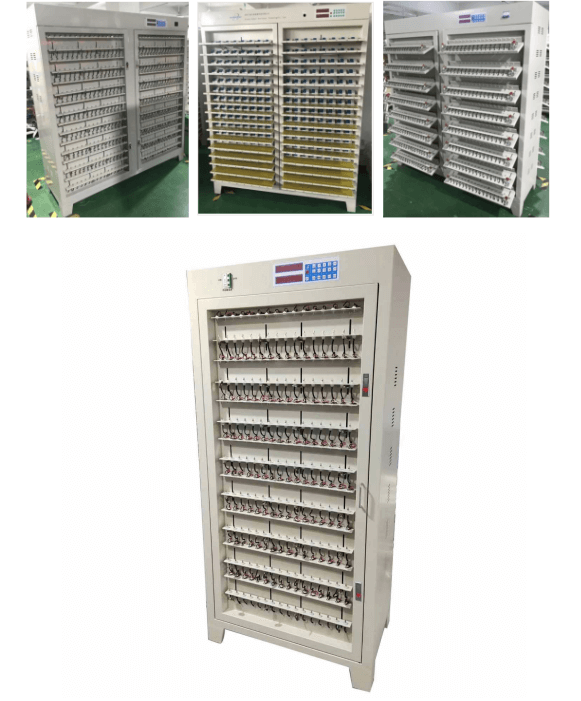A Battery Short Circuit Tester is a specialized piece of equipment used to assess the safety and performance of batteries, particularly lithium-ion batteries, under conditions of a short circuit. Short circuits in batteries can be dangerous, leading to thermal runaway, fires, or even explosions. This tester is designed to simulate short-circuit conditions to evaluate a battery's response and safety mechanisms. Here are the key features and functions of a Battery Short Circuit Tester:
Components and Features:
Shorting Mechanism: lithium battery tester is equipped with a controlled shorting mechanism that allows for the intentional creation of a short circuit in the battery being tested.
Safety Enclosure: To contain any potential hazards during testing, the tester is typically enclosed in a protective housing designed to withstand the effects of a battery failure.
Monitoring and Data Collection: The tester includes sensors and monitoring equipment to measure parameters such as temperature, voltage, current, and pressure during the short-circuit test.
Safety Measures: Safety features like emergency stop buttons, alarms, and automatic shutdown systems are often integrated to respond quickly to any adverse events.
Data Logging: Many testers have data logging capabilities to record and analyze test results. This data is essential for evaluating the battery's behavior during a short circuit.
Functions:
Short Circuit Simulation: The primary function of the tester is to create controlled short circuits in batteries. This is achieved by connecting the battery terminals or electrodes in a manner that induces a short circuit.
Safety Assessment: The tester assesses how the battery responds to a short circuit. It monitors parameters like temperature rise, pressure buildup, voltage drop, and current flow to determine if the battery's safety mechanisms are effective in preventing catastrophic failures.
Performance Evaluation: Beyond safety, the tester may also evaluate the battery's performance during a short circuit, such as how quickly it returns to a stable state once the short circuit is removed.
Data Analysis: Test results are typically recorded and analyzed to understand how different battery chemistries, designs, or safety features respond to short-circuit conditions.
Significance:
The Battery Short Circuit Tester serves several important purposes:
Safety Assurance: It helps ensure that batteries, especially those used in critical applications like electric vehicles and energy storage systems, have robust safety mechanisms to handle short-circuit situations.
Research and Development: Battery manufacturers and researchers use these testers to study and improve battery safety and performance.
Compliance Testing: Battery standards and regulations often require short-circuit tests to demonstrate compliance with safety standards.
Quality Control: Manufacturers use these testers to verify that individual batteries or battery packs meet safety and performance specifications before they are shipped to customers.
In summary, a Battery Short Circuit Tester plays a crucial role in assessing the safety and performance of batteries under extreme conditions, ensuring that they meet safety standards and can operate reliably in real-world scenarios without posing a danger to users or the environment.




 Online service
Online service
